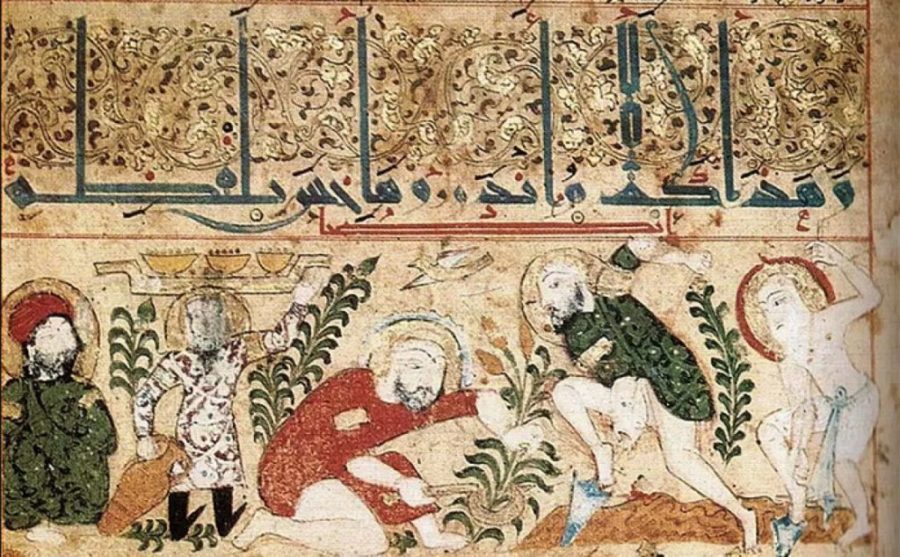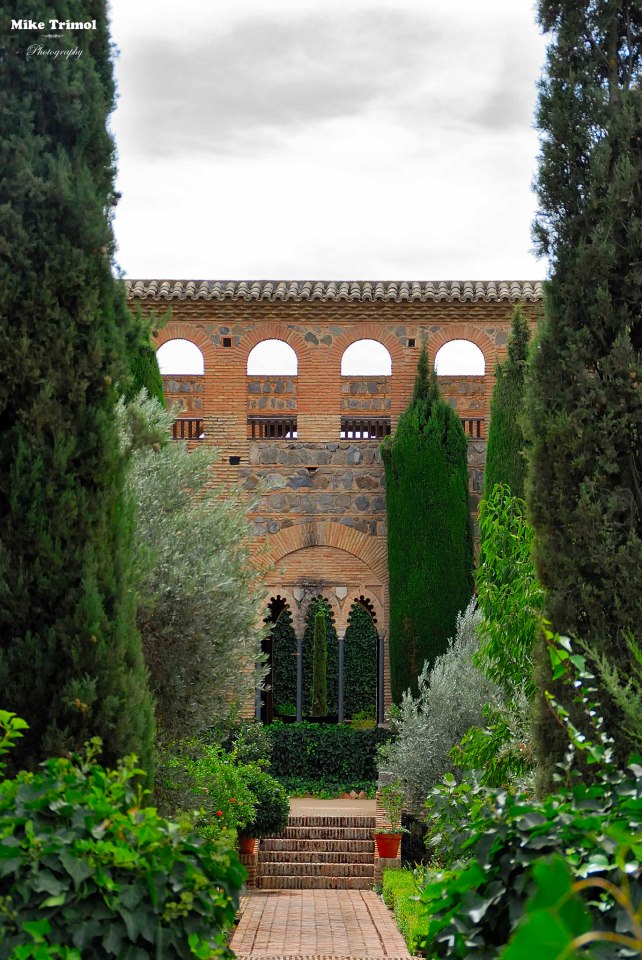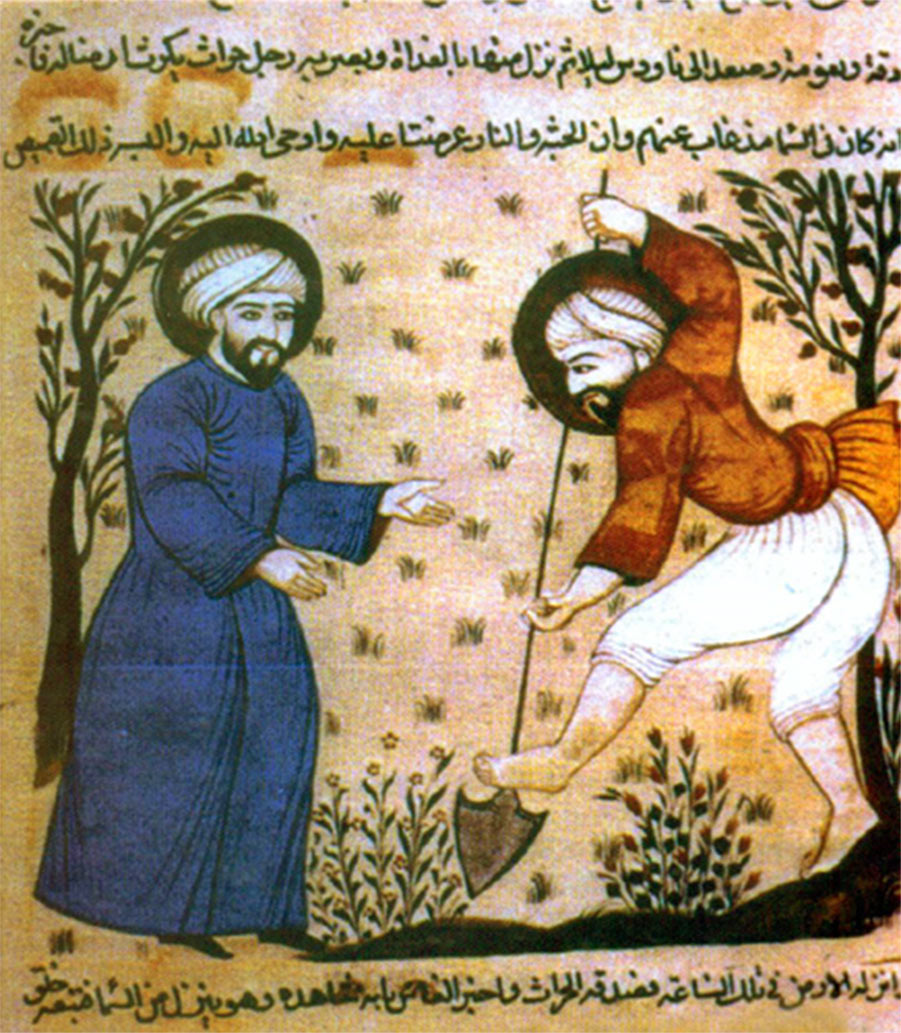
Ibn al-Wafid – creator of the oldest botanical garden in Europe
The works of the Andalusian agronomist and pharmacist Ibn al-Wafid have been translated into Latin, Catalan and Hebrew and published many times in Europe, Filaha reports.
Abu al-Mutaarrif Abd ar-Rahman ibn Muhammad ibn Abd al-Kabir ibn Yahya ibn Wafid ibn Muhammad al-Lahmi (997-1074) came from a noble family from Toledo. He was a physician , botanist, pharmacologist and agronomist. In addition, he served as vizier under the emir of Toledo Yahya ibn Ismail al-Mamun.
Ibn Wafid is a key figure in the school of Andalusian agronomy. Katib and historian from Valencia Ibn al-Abbar (1199-1260) notes in his Takmeel that Ibn Wafid wrote “a very interesting collection on agriculture, having mastered all the subtleties of this science and was responsible for green spaces in the famous garden of the ruler al- Mamuna in Toledo. ” One of the earliest botanical gardens in Europe was located in the village of Huerta del Rey or Bustan-en-Naura (“Garden of the Water Wheel”) , where Ibn al-Wafid acclimatized exotic plants brought from the Near and Far East and conducted agricultural and botanical experiments.

Palacio de Galiano in Toledo, on the site of which the Waterwheel Garden was located / Source: en.wikipedia.org
Ibn al-Wafid was also known as an eminent pharmacist. He worked on his 500-page “Book of Herbal Medicines” for 25 years. It covers topics such as how drugs work, how they are prepared, and how they are stored. Using various methods, including those used in alchemy, Ibn Wafid was able to prepare at least 520 different preparations from plants . His work was translated into Catalan, Hebrew and Latin and published many times, and the scientist himself became known in medieval Europe as Abengwefit.
Ibn Wafid is also credited with an agricultural treatise called Majmu fi-l-filaha or Compendium on Agriculture. In the absence of any detailed account of the slightly earlier work of Al-Nahrawi / Az-Zahrawi, Ibn Wafid’s Majmu can be considered the first Andalusian scientific work on agriculture. It covers not only the entire gamut of agricultural and horticultural knowledge, but also beekeeping, pigeon breeding, and even includes an agricultural calendar. The American historian of Islamic art and architecture D. Fairchild Ruggles writes of the book as follows: “His [Ibn al-Wafidah] manual consists of eighty-seven chapters, followed by an agricultural calendar. The chapters cover topics such as soil types; water and how to detect its presence in soil; favorable in terms of astrologyseasons for the construction of rural houses; fertilizers; selection of seeds; what damages the grain (eg hail); when to sow wheat and barley; when to reap; thresher; granaries and bakeries; how to choose places for vineyards; the choice of grape shoots for planting and how to plant them; cooking olive oil. The preparation of the soil for sowing lettuce, cabbage, chard, turnips, radishes, onions, leeks, garlic, celery, basil, cucumbers, melons and sugarcane is also being considered. “

Source: zen.yandex.ru
“Majmu” gained great fame and was highly appreciated by contemporaries. During the reign of Alphonse the Wise (1252-1284), it was translated into Castilian and influenced the great Renaissance work, Treatise on Agriculture , by the Spanish author Gabriel Alonso de Herrera (1470-1539).
The disciples of Ibn al-Wafid in Toledo were the botanist and physician Ibn al-Lunkuh, the author of the famous botanical dictionary “Umdat at-tabib fi marifat an-nabat li kulli labib”, and the agronomist Ibn Bassal. Both of them later moved to Seville and became mentors, passing on their knowledge and skills to the next generations of botanists and agronomists.
Islamosphere

